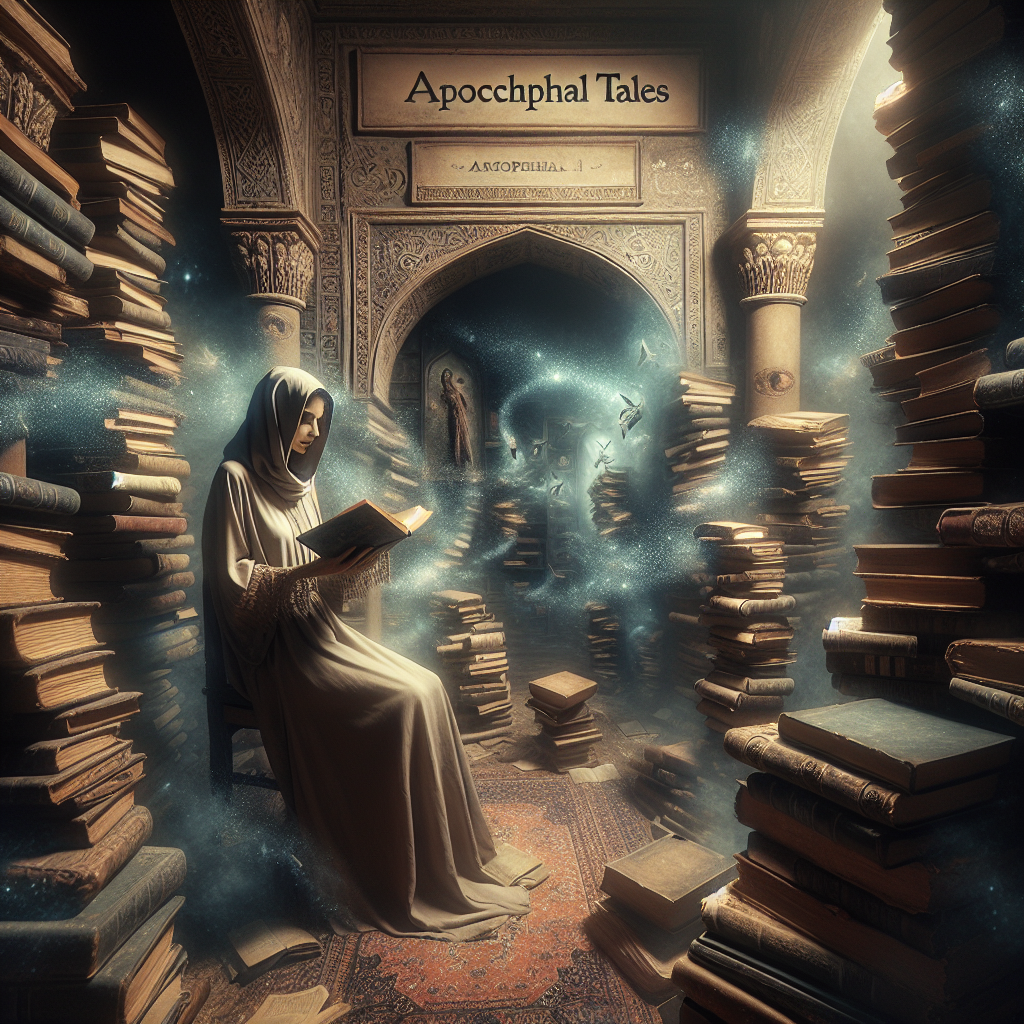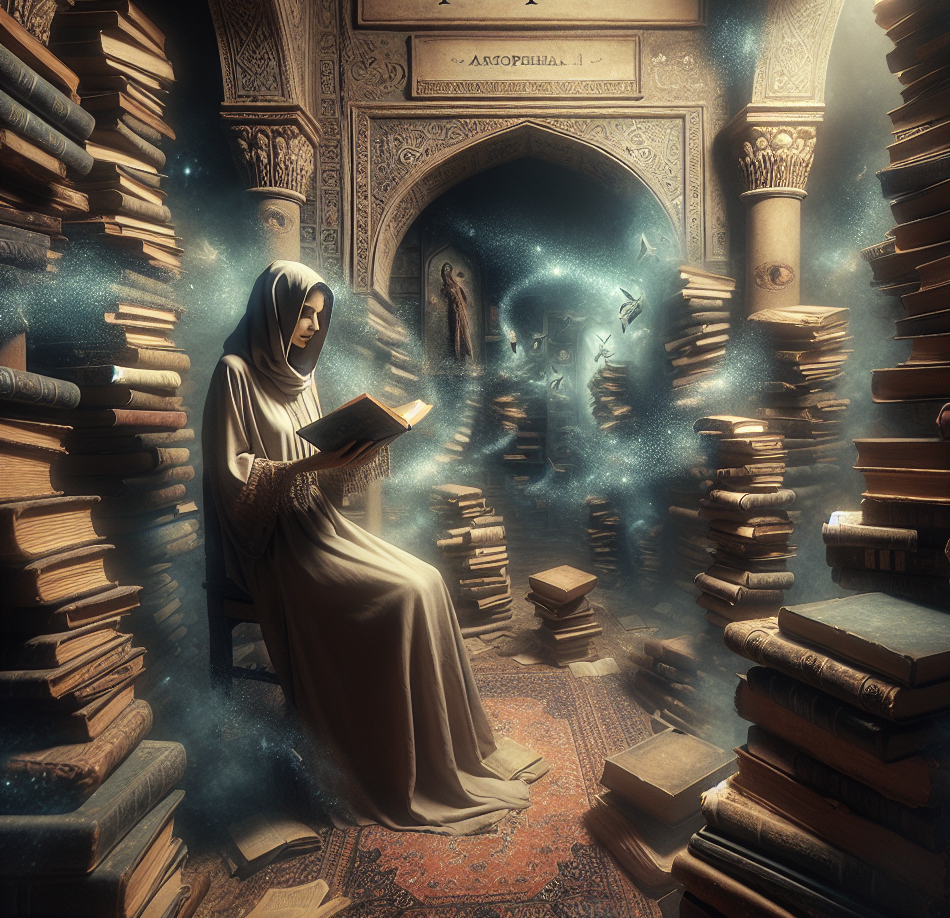The Magic of Apocryphal: When Words Spark Imagination

The word apocryphal drips with intrigue and ambiguity, inviting you into a maze of stories and truths that challenge our perceptions. Imagine a world where nothing is quite as it seems, where tales told in hushed tones may carry hidden meanings or dubious origins. This is the universe of the apocryphal, a realm where the line between fact and fiction blurs, provoking thought and wonder in equal measure. And let’s face it, with social media swirling around us, it’s more relevant now than ever. Have you ever stumbled across a wild claim or story online that sounded just too outrageous to be true? Welcome to the concept of apocryphal.
The roots of apocryphal delve deep into ancient history, stemming from the Greek word apókruphos, which translates to “hidden” or “concealed.” Initially, it referred to texts that were deemed non-canonical or lacking authority within religious frameworks, particularly in Christianity. Can you believe that even back in the second century CE, theologians were categorizing writings as intriguing yet dubious? This notion of hidden truths filled with skepticism sets the stage for how the meaning of apocryphal would evolve over the ages.
Fast forward to the Renaissance and Enlightenment periods, and the definition of apocryphal begins to change. It expands beyond strict religious confines, now inviting in folklore, myths, and the more whimsical stories of everyday life. This shift reflects a cultural movement where skepticism about authority kicks into high gear, prompting people to seek out alternative narratives. What once was a term reserved for theologians has come to span the entirety of human experience, allowing us to explore the questionable authenticity of countless tales. So, next time someone shares an outrageous folklore or urban legend, think: could this be apocryphal?
Today, the word apocryphal serves a crucial role in our discourse. It’s often used to label urban legends, dubious anecdotes, or historical accounts that stretch the truth. Picture yourself recounting something unbelievable, perhaps about a celebrity mishap. The term acts like a cautionary flag, hinting that the story might be far more fabricated than factual. When someone describes an account as an apocryphal tale, it invites sideways glances and prompts us to think: should we take this narrative at face value?
Interestingly, apocryphal can also be tackled with a splash of irony, embracing the absurdity woven into narratives. Imagine a hilarious story about a friend who claims they single-handedly saved the day with their charm. Labeling such a story as apocryphal adds a layer of lightness while highlighting the embellishment, stimulating creativity and conversation. And who doesn’t love a good laugh over an exaggerated claim?
Delving into the fun facts, there’s something captivating about how widely accepted claims can arise from dubious beginnings. The infamous phrase “Let them eat cake,” often attributed to Marie Antoinette, is a classic example. Historians continue to debate its authenticity—another example of how narratives shift over time, often losing clarity through repetition. These tales raise serious questions about collective memory and how history is not just remembered but sometimes misremembered.
In literature, the concept of apocryphal narratives is pivotal, especially in genres like detective fiction. Think of renowned authors like Edgar Allan Poe or Arthur Conan Doyle, who artfully play with the tension between reality and deception. They use apocryphal elements to create suspense, inviting readers to question the reliability of the tales they consume. It’s a thrilling game of deciphering the truth behind the stories, echoing the investigative spirit we cherish in life and literature alike.
Even within religious studies, apocryphal writings present a rich field of exploration. Texts like the Gospel of Thomas and the Apocalypse of Peter offer alternative insights into early Christian beliefs, diverging from established doctrines. The existence of these texts enriches our understanding of the complex histories that shaped religious narratives. It shows just how nuanced our cultural landscapes can be, prompting further inquiry into the stories we hear.
In the context of modern discourse, the relevance of apocryphal claims has grown significantly. With information swirling at breakneck speed in our digital age, distinguishing between credible sources and spurious reports becomes more important than ever. The concept of apocryphal underscores our responsibility to employ critical thinking skills, ensuring we are discerning about the information we accept. Are we genuinely aware of the truths behind the narratives we encounter, or do we risk falling for the sensational?
The journey through the term apocryphal reveals not just a word, but a lens through which we scrutinize narratives in various contexts. Its evolution from a narrow religious definition to a broader term encompassing dubious authenticity reflects our cultural growth. As we navigate an era rife with confusion between truth and fiction, understanding the nuances of apocryphal narratives becomes essential. So, the next time you hear a story that catches your attention, take a moment to investigate its origins. The choice to dig deeper—or accept it blindly—is ultimately yours.
For further reading, see the below useful links:
Victor Penn

